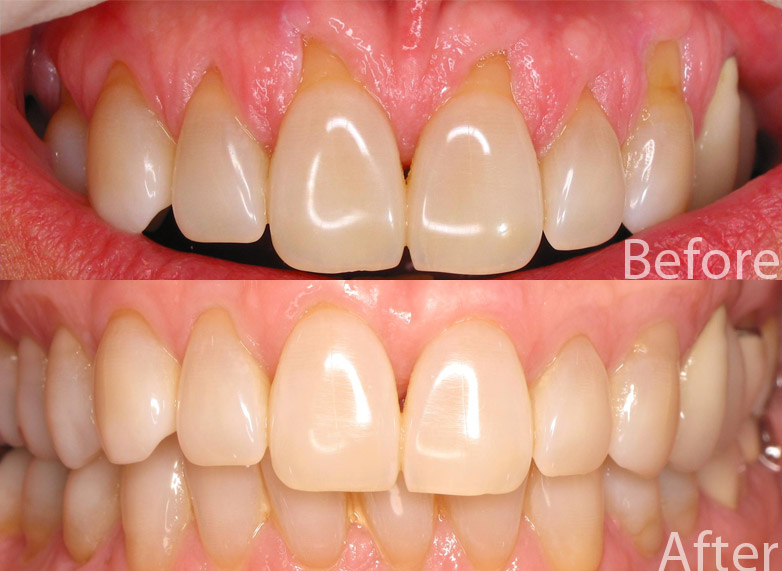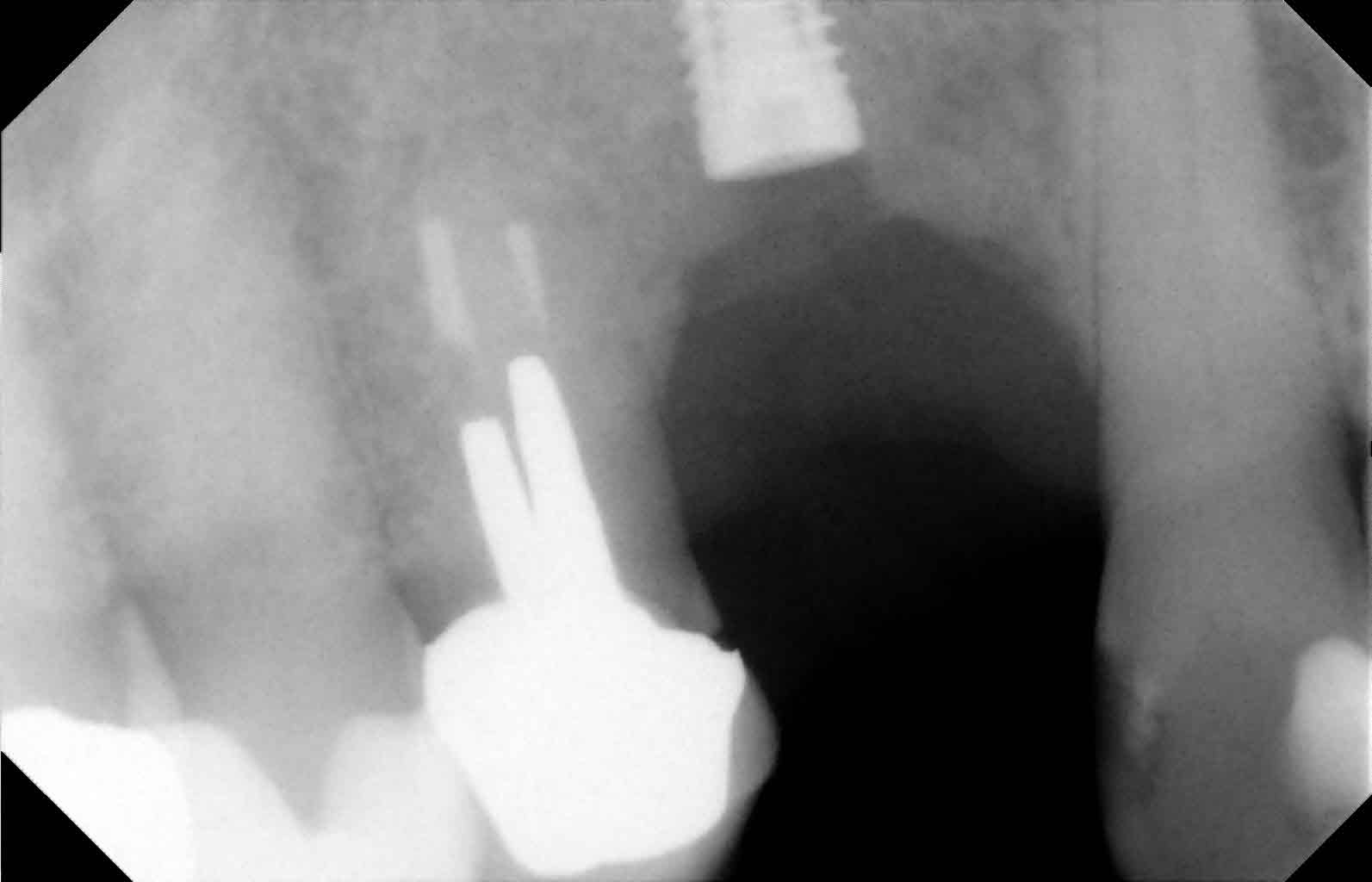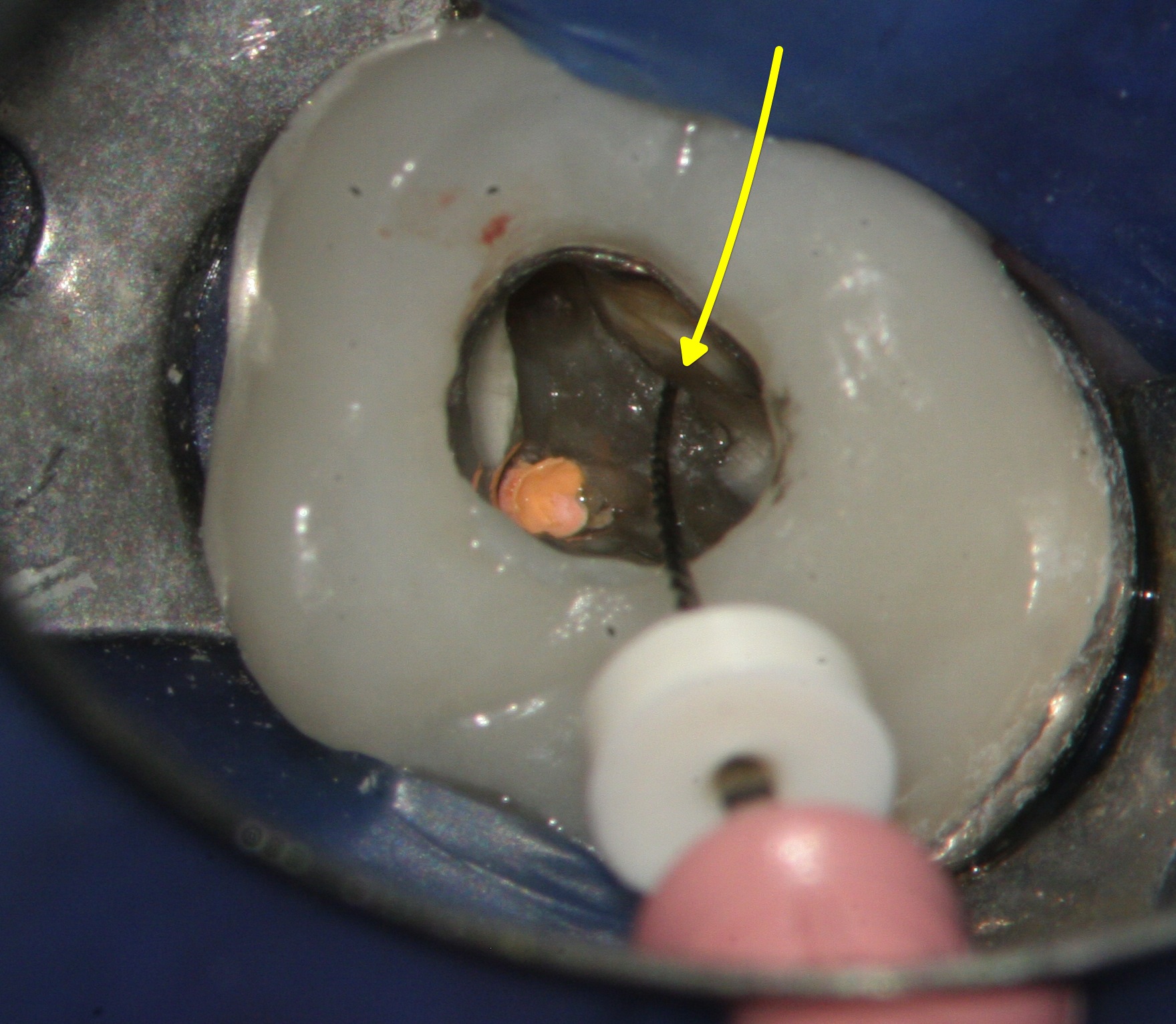Understanding Invisible Aligners
13/01/2014
Understanding Gum Tissue Graft-Part II
22/01/2014Understanding Gum Tissue Graft
Most patients become extremely worried when informed by their dentist or oral surgeon that they need a gum surgery. However, it is important to understand that the surgical procedure isn’t as horrible as it sounds. A gum tissue graft becomes essential when the teeth require protection from the detrimental influence of gum recession, or when the smile needs an esthetic improvement.
When an individual experiences gum recession, the tissue surrounding his/her teeth start pulling away from the affected tooth, which causes a greater part of the tooth to be exposed. This causes the supporting bone to become damaged. This gum problem isn’t very uncommon, particularly in adults.
Often, the problem doesn’t become evident until it reaches its final stages. But, the biggest indicator of this gum condition is appearance of an ugly, exposed tooth root, which becomes highly sensitive to cold/hot foods. The problem can even lead to tooth loss, if treatment isn’t ensured at early stages. For repairing the damage as well as preventing additional dental issues, a gum tissue surgery is required.

What is the Procedure?
Generally, there are three different types of procedures. The specific kind of procedure that the dentist suggests is based on the needs of each patient.
What are Connective-Tissue Grafts?
These grafts are most commonly used for treating root exposure. While performing these procedures, flaps of skin are cut at the mouth’s roof while tissues beneath these flaps are removed. These are later stitched to the gum tissues that surround the patient’s exposed root. Once the connective tissue gets removed, the surgeon stitches back the flap.
What Are Gingival Grafts?
These grafts typically involve using tissue from the mouth’s roof. However, this procedure doesn’t involve flap preparation or removal of tissue. On the contrary, free gingival grafts involve direct removal of a certain amount of tissue from the mouth’s roof, which is eventually connected to the gum region that is under treatment. This procedure is most commonly suggested for individuals with thin gums and who need more tissue for enlarging their gums.
What Are Pedicle Grafts?
In such grafts, tissue isn’t grafted from the palate but it is taken from gum surrounding the tooth that requires repair. A certain portion of the flap, also known as the pedicle, is cut away so that an edge of the flap or pedicle stays connected. For the purpose of covering the exposed root and sewing it into place, the gum is pulled over. However, it should be noted that this graft is only recommended for individuals with plenty of gum tissue surrounding the affected tooth.
Certain dental professionals and patients consider using graft material obtained from a tissue bank in place of tissue removed from the mouth’s roof. In some cases, tissue-stimulating proteins are employed for the procedure to promote natural bone and tissue growth. The dentist or oral surgeon can determine the most ideal procedure for each patient.


